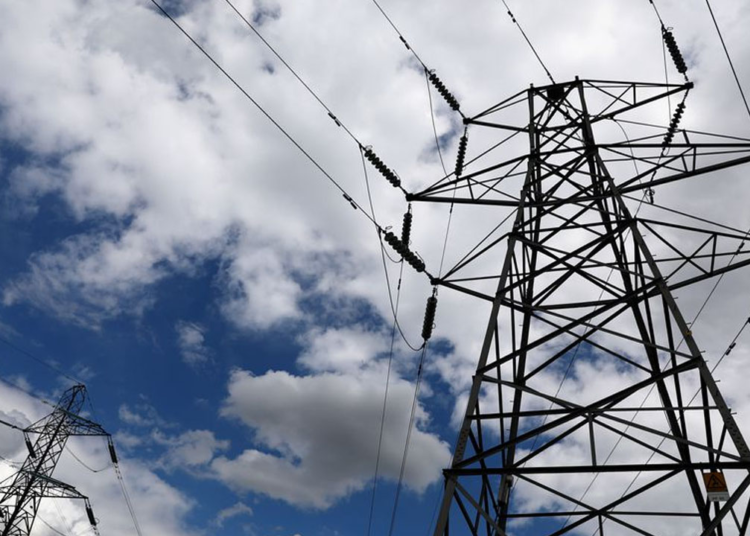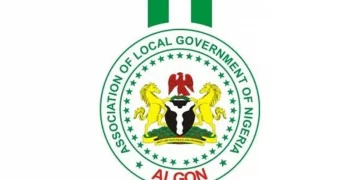Power Generation Companies (GenCos) in Nigeria are pressing the federal government for a clear and sustainable payment framework to address the alarming N6 trillion debt burden suffocating the sector.
Despite a critical investors’ meeting with the President on July 25, 2025, the Chief Executive Officer of the Association of Power Generation Companies (APGC), Dr. Joy Ogaji, revealed that there remains “no clarity on the bond issuance since July,” as the sector continues to bleed financially.
The delay and lack of transparency are exacerbating the liquidity crisis, threatening the commercial viability of power generation firms and casting doubt on Nigeria’s ability to stabilise its electricity supply industry.
Dr. Ogaji emphasised the urgent need for a comprehensive framework to tackle both legacy debts and ongoing payment challenges to prevent further collapse of the Nigerian power sector.
In an exclusive interview with LEADERSHIP, Dr. Ogaji issued a candid appraisal of the unresolved financial crises plaguing the power generation sector.
She said that nearly four months after a crucial meeting with the President in July 2025, the GenCos remained in the dark about critical bond issuance plans intended to address mounting financial pressures.
The debt crisis in the electricity market stems primarily from a chronic liquidity shortfall that has plagued the power sector for years.
GenCos and other power sector players are owed massive unpaid invoices and legacy debts, which have ballooned to over N6 trillion by 2025 due to tariff shortfalls, weak revenue collections, and delays in government payments.
This financial strain has caused gas suppliers to cut supply to some power plants, further destabilising the national grid and pushing Nigeria to the brink of widespread blackouts. Efforts to alleviate the crisis have been hindered by a lack of clarity and follow-up on government commitments, including the proposed bond issuance to cover the debt. Despite government promises and partial subsidies, the sector continues to suffer from inadequate funding, operational inefficiencies, and unclear payment frameworks, leading to an ongoing crisis of confidence among investors and stakeholders in Nigeria’s electricity market.
“There is no clarity at all on the bond since July 25, 2025, when the GenCos’ investors met with the President.
“We hear they are working on it, but when will they finish? When will it be issued? We are in November, and yet there is no clarity. Given that N4 trillion was allocated for 2024, an extra N2 trillion is accumulating with no visible sustainable plan to stop the haemorrhaging. There are more questions than answers,” she stated.
The liquidity crunch and growing legacy debts continue to threaten the operational viability of GenCos, with Dr. Ogaji emphasising the urgent need for an effective, comprehensive framework by the federal government.
“What we need as GenCos is a design or framework that can deal with solvency — legacy debt — and liquidity — payment discipline,” she said.
This framework, she explained, must protect power generation companies from succumbing under the weight of outstanding debts and unpaid dues in the Nigerian Electricity Supply Industry (NESI).
Highlighting the sector’s dire financial state, Dr. Ogaji said, “The Nigerian power sector faces significant challenges, including inadequate liquidity, which hinders the ability of power generation companies to operate efficiently and effectively, generating outstanding debts and threatening ongoing commercial viability.
“Payment solutions are required to cater for ongoing and legacy debts and to improve overall market liquidity.”
She outlined the APGC’s priorities for government and industry intervention to include debt assessment and restructuring.
“We need to assess and restructure existing and outstanding debts owed to and by the GenCos to enhance recovery prospects,” she said.
Ogaji called for the development of strategic support and negotiation frameworks to recover outstanding debts from previous periods.
According to her, to mitigate payment risks under existing Power Purchase Agreements (PPAs), fiscal and regulatory mechanisms need restructuring.
“There must be risk allocation frameworks to ensure equitable distribution of financial risks among all stakeholders,” Ogaji said.
She also stressed the importance of developing performance improvement plans aligned with strategic goals, including integrating innovative models and emerging trends in problem-solving techniques to maximise power generation efficiency.
She asserted that an implementation roadmap for these solutions was critical to restore sector confidence and operational viability.
She cautioned against superficial remedies. “What we want is not box-ticking or knee-jerk solutions, but comprehensive, strategic approaches that address specific needs of power generation companies, enhancing their financial sustainability and operational efficiency.”





